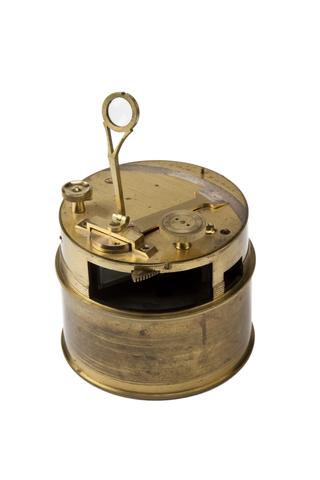
Box type pocket sextant.
1850-1859

1850-1859

circa 1880-1918

1845-1850

1855-1865

1851-1856

1810-1826

1905-1920

1850-1880

1845-1855

1905-1915
1835-1845
1835-1845
1853-1860
1855-1865
1855-1865